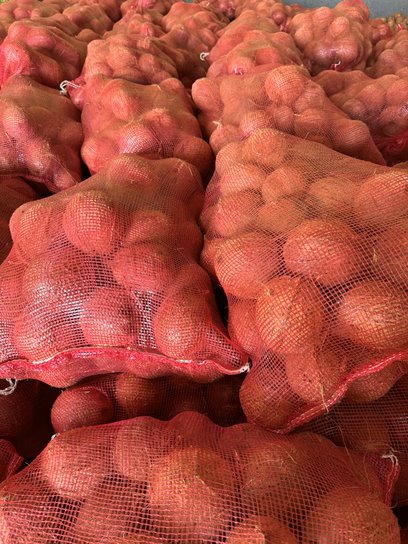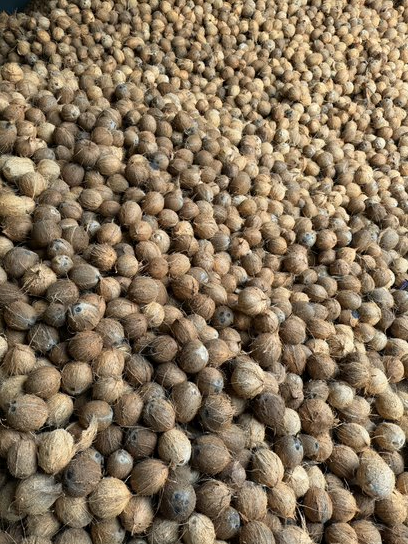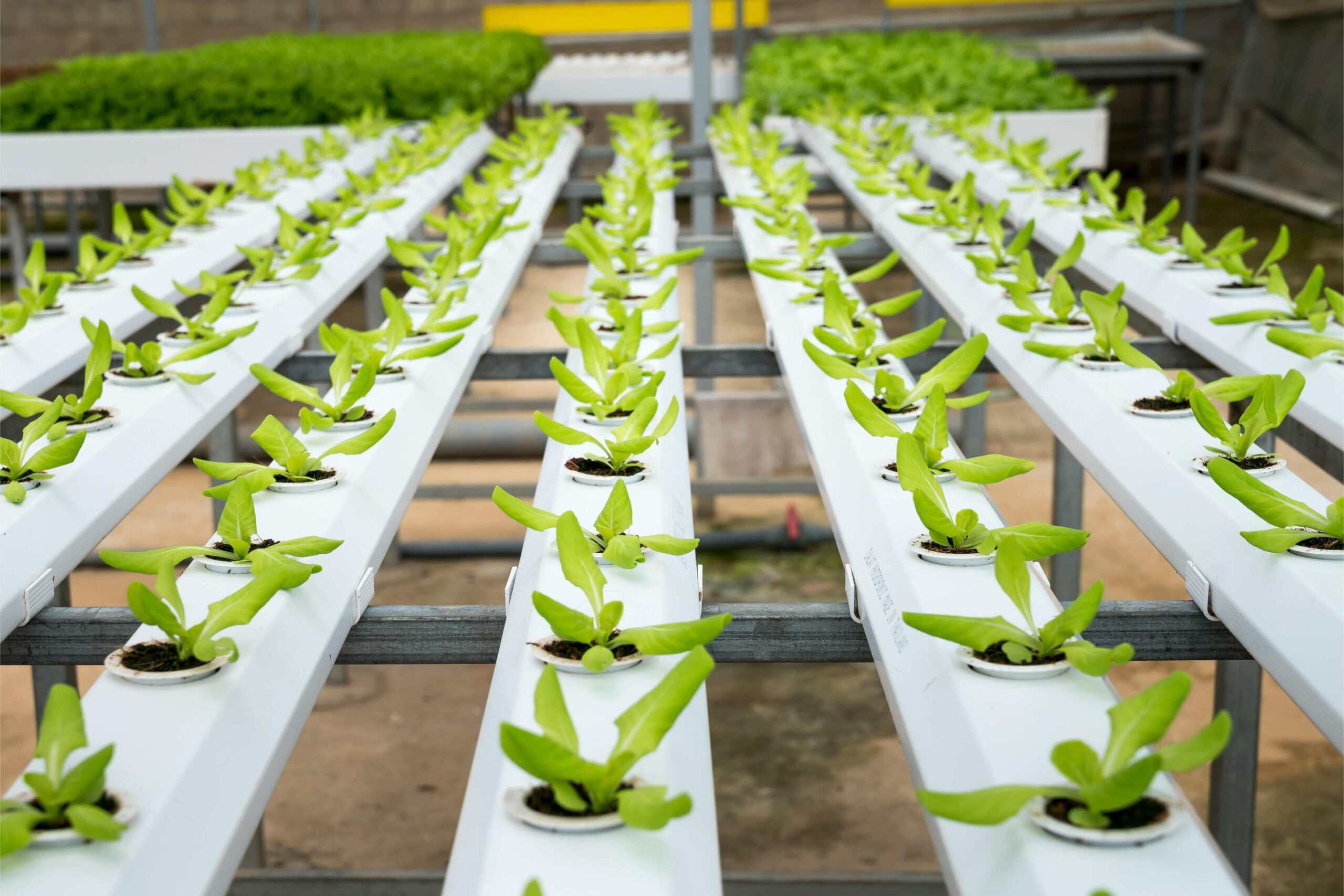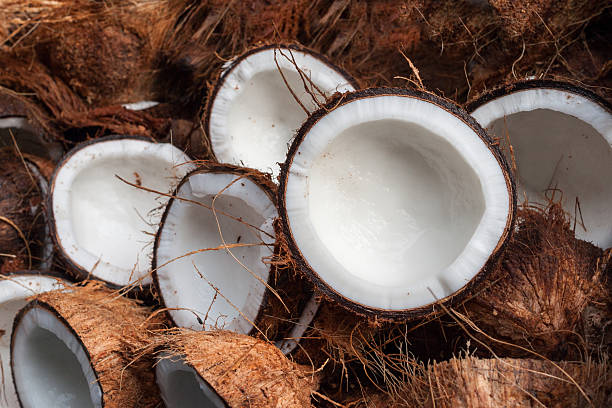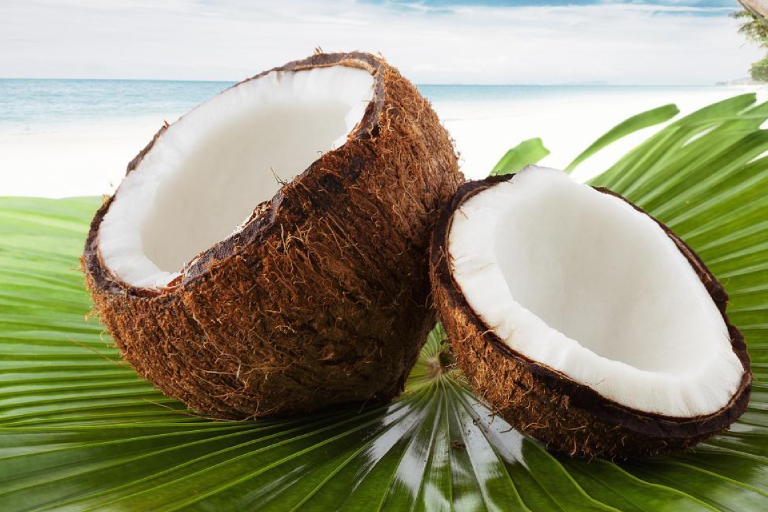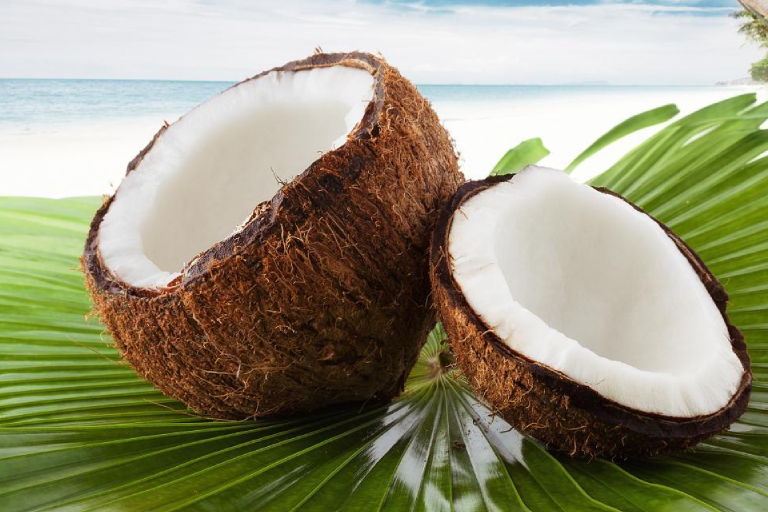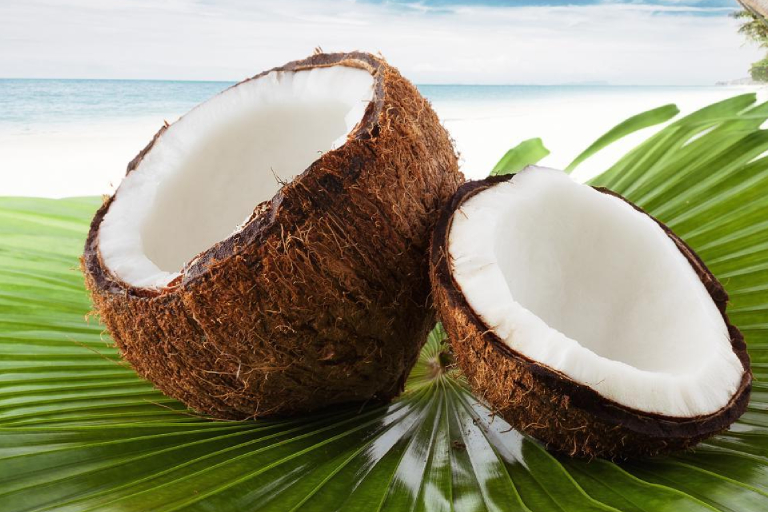Effects of High Temperatures on Coconut Production
Posted by Coco Grove on Feb 4, 2025
Coconut (Cocos nucifera) is a tropical crop that thrives in warm climates, but excessive temperatures can have adverse effects on growth, yield, and quality. Here’s how high temperatures impact coconut production
1. Water Stress and Reduced Photosynthesis
- Impact: High temperatures increase evapotranspiration, leading to water stress. Coconut trees close their stomata to conserve water, which reduces photosynthesis and affects growth.
- Consequence: Slower growth of the trunk and leaves, leading to reduced nut production and smaller-sized coconuts.
2. Flowering and Fruit Set
- Impact: High temperatures disrupt the hormonal balance required for flowering and fruit setting.
- Consequence:
- Reduced number of female flowers.
- Poor pollination and fruit set, resulting in fewer nuts.
3. Nut Development
- Impact: High temperatures during nut development accelerate water loss and hinder the accumulation of nutrients in the kernel.
- Consequence:
- Smaller nuts with less copra (dried kernel).
- Reduced oil content, affecting the quality of coconut-derived products.
4. Soil Degradation
- Impact: Excessive heat increases soil temperature and accelerates the decomposition of organic matter, reducing soil fertility.
- Consequence: The coconut tree struggles to absorb nutrients, further reducing productivity.
5. Pests and Diseases
- Impact: High temperatures create favorable conditions for pests (e.g., rhinoceros beetles, red palm weevils) and diseases like bud rot.
- Consequence: Increased pest infestations and disease outbreaks further stress coconut trees, lowering yields.
6. Premature Nut Drop
- Impact: Extreme heat and moisture stress can cause premature nut shedding.
- Consequence: Significant loss in productivity as immature nuts fall before ripening.
Adaptation Strategies
- Irrigation Management:
- Implement drip or sprinkler irrigation to combat water stress and maintain soil moisture.
- Mulching:
- Use organic mulches like coconut husk, coir pith, or dried leaves to retain soil moisture and regulate soil temperature.
- Shade Management:
- Intercrop with shade-tolerant crops (e.g., cocoa or nutmeg) to reduce direct heat exposure.
- Nutrient Management:
- Apply organic and chemical fertilizers to improve resilience against stress.
- Drought-Resistant Varieties:
- Plant heat- and drought-tolerant coconut varieties, such as Dwarf and hybrid varieties like ‘Kalpa Raksha.’
- Reforestation:
- Plant trees around coconut farms to create windbreaks and reduce heat intensity.
Future Outlook
Climate change and rising temperatures may continue to pose challenges to coconut production. Adopting resilient practices and technologies can help mitigate the impacts and sustain productivity.
